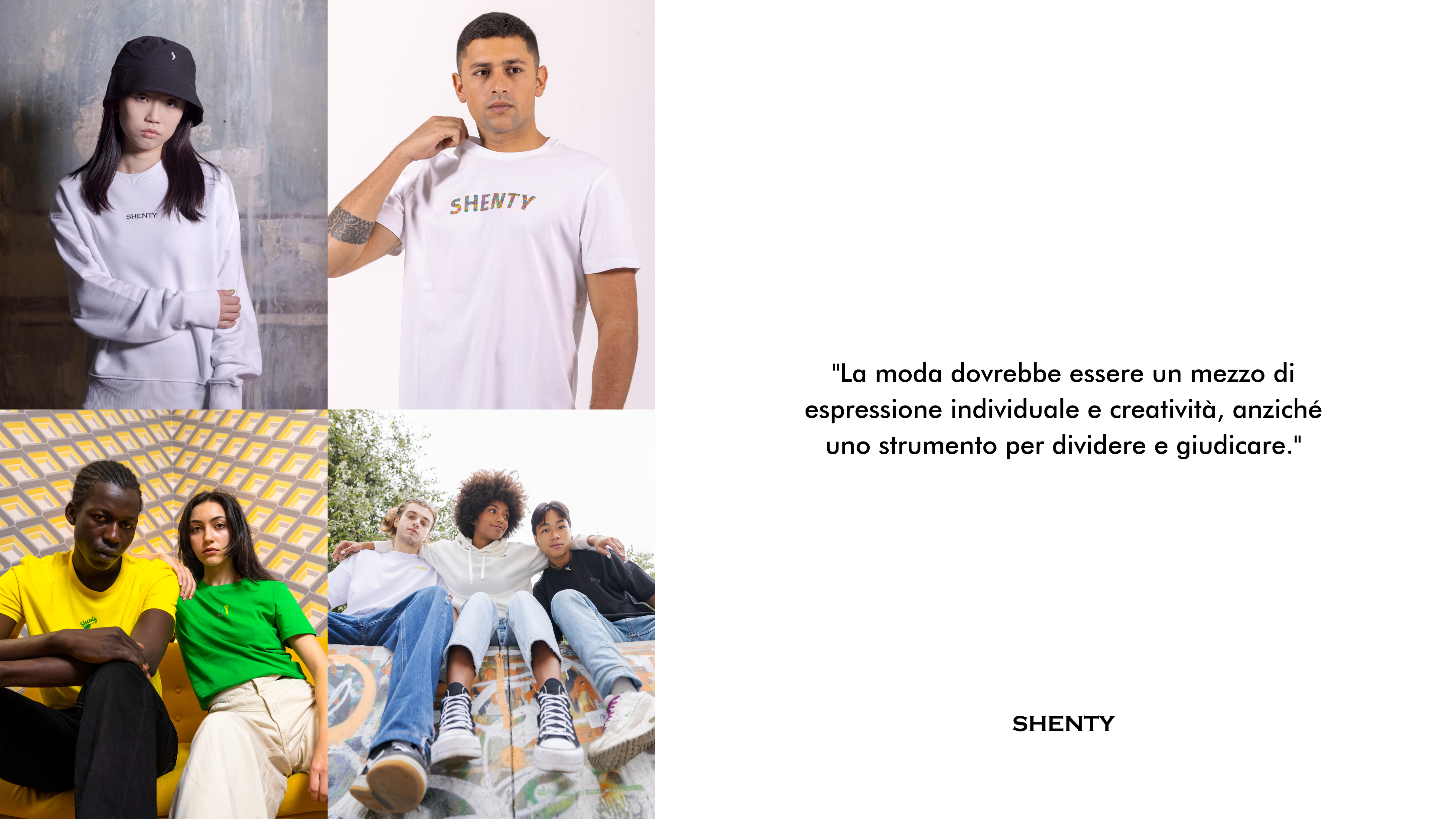In modern society, fashion is not only a matter of personal style, but often takes on the role of a tool to establish and communicate social status. This dynamic, although it may seem harmless, brings with it a series of damages that go beyond the aesthetic surface and are intertwined with self-esteem, inclusiveness and the perception of oneself and others.
The Cult of Appearance
Fashion has the power to transform clothing from a functional necessity to a vehicle for individual expression. However, when clothing becomes a predominant indicator of social status, it risks creating divisions and discrimination. Luxury brands and expensive trends can become a symbol of prestige, excluding those who cannot afford to follow them.
Damage to Mental Health
The constant social pressure to conform to beauty standards and follow the latest trends can have serious consequences on mental health. Obsession with physical appearance and fear of judgment can lead to problems such as anorexia, bulimia, and body image disorders. Fashion, when excessively associated with social status, helps perpetuate these unrealistic ideals.
Inclusivity and Diversity
Another problematic aspect is the lack of representation of diversity. Too often, runways and advertising campaigns show a single vision of elegance and beauty while ignoring the wide range of shapes, sizes and cultural backgrounds. This creates an environment where many people feel marginalized and unrepresented.
Alternative: Sustainable and Inclusive Fashion
Addressing these issues requires a significant cultural shift. Promoting sustainable and inclusive fashion could be the key to reducing the damage related to "social status" in the industry. At Shenty, we adopt ethical practices that value diversity and inclusivity while also working to reduce environmental impact, thus contributing to a positive transformation. We design clothing with the aim of making it wearable by everyone without any kind of distinction, creating collections with varied and accessible price points.
Conclusions
Fashion should be a means of individual expression and creativity, rather than a tool for division and judgment. Addressing the connection between social status and fashion requires a collective effort to promote inclusivity, diversity, and awareness of the damage a culture of appearance can inflict. Only through a shift in mindset and practices in the fashion industry can we hope to build a healthier and more welcoming environment for all.
